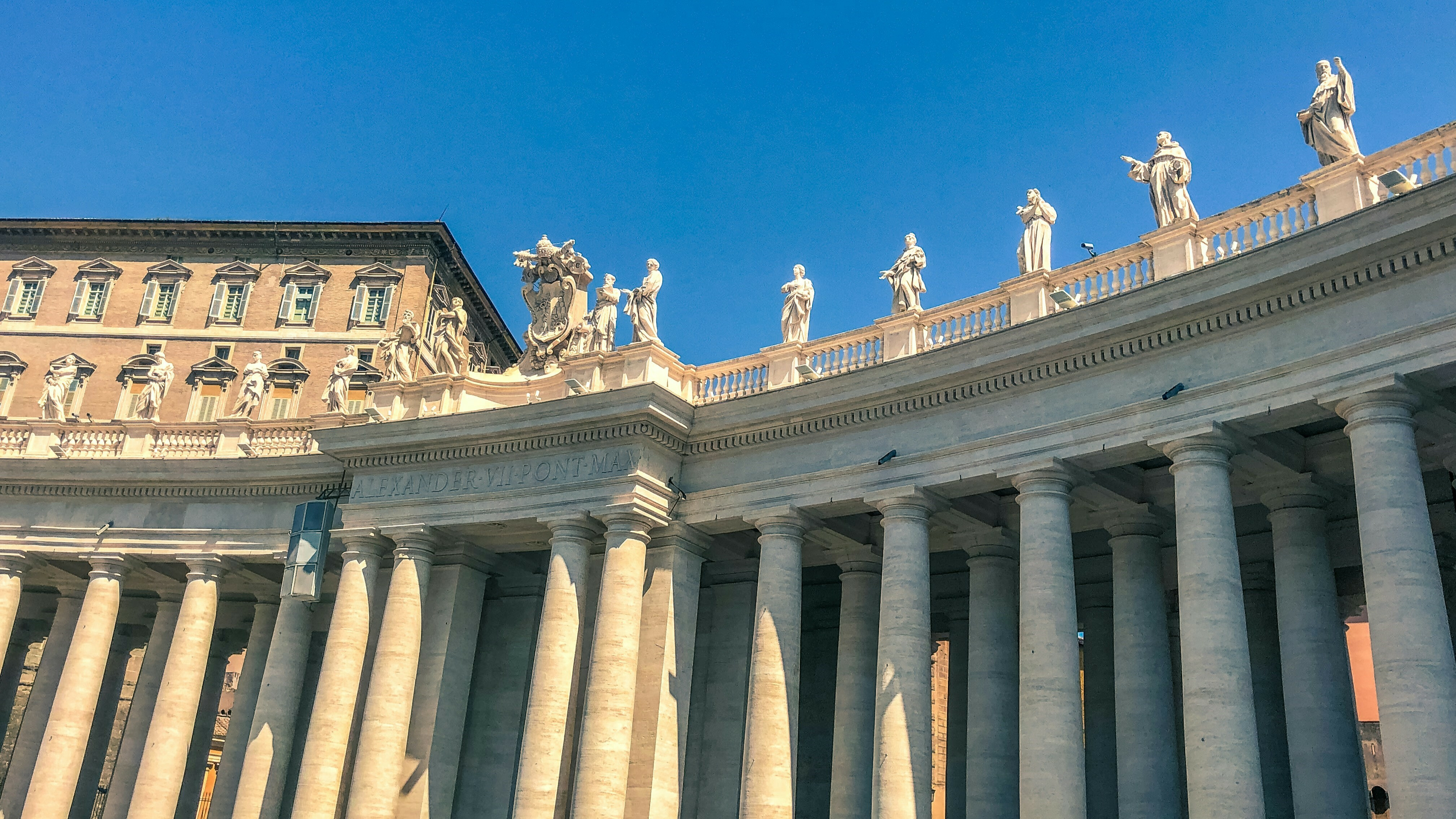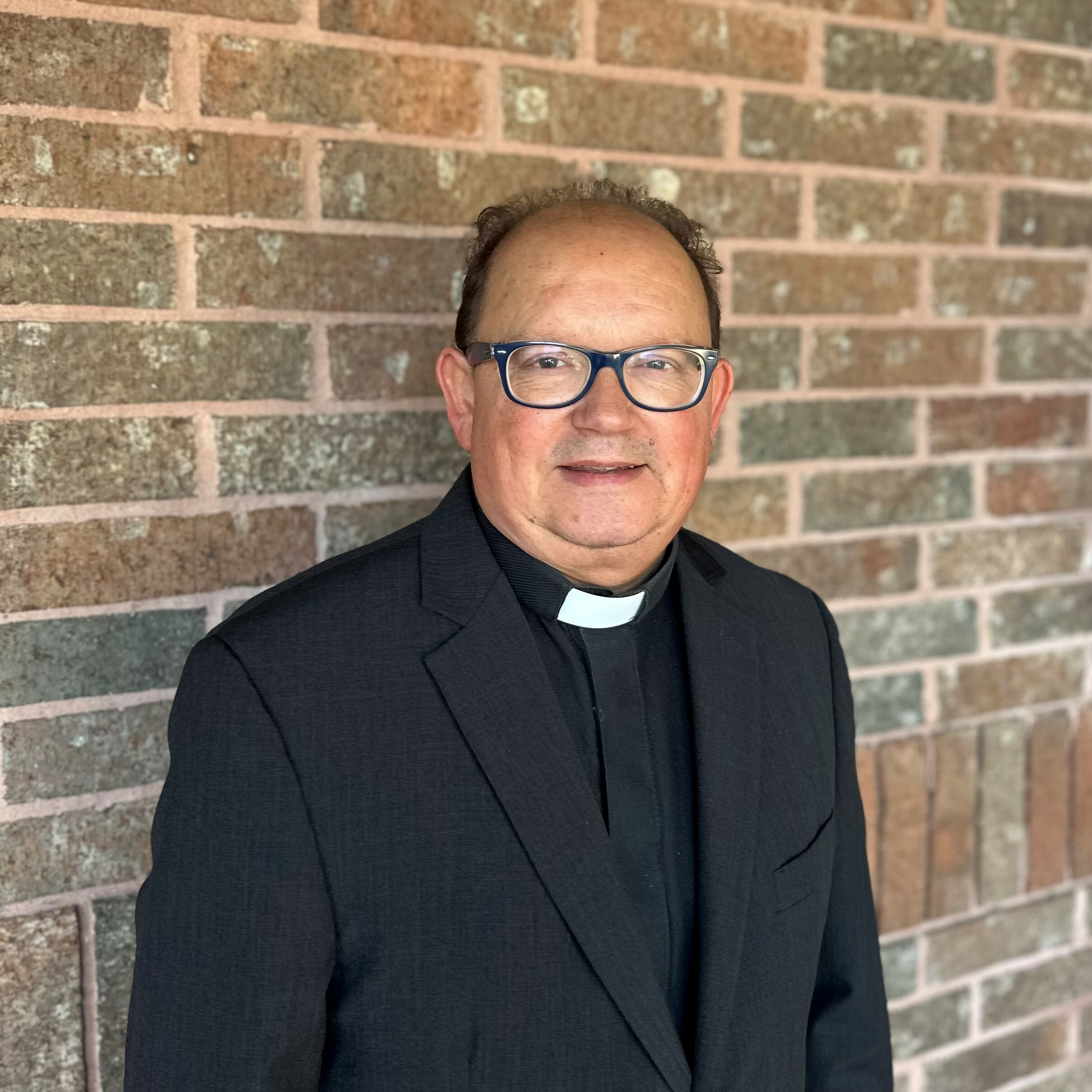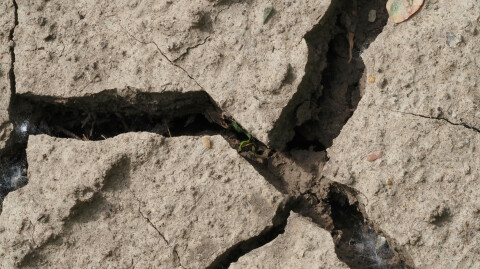TLDR: American Cardinal Robert Prevost chose the name Leo XIV when elected pope. In this blog I introduce you to the first Pope Leo and to Pope Leo XIII after whom Provost chose his name. Read on!
There are many reasons why cardinals choose a particular name when elected as a new Pope. The purpose of this name goes beyond paying homage to an Apostle or Saint of antiquity that closely represents or symbolizes the cardinal’s values, spirituality, particular devotion, personality, or theological interests. A name, in a way, casts a vision for what the new Pope wants to accomplish during his papacy and how he wants the world to see him. When Cardinal Bergoglio chose the name Francis, everyone in the world realized that this was going to be a different kind of Pope. What happened next fulfilled the expectation: He was humble, approachable, on the side of the poor, ecumenical, gracious, and many of the other qualities for which Francis of Assisi was known. Likewise, Pope Benedict before him was an institutional, reserved, deeply theological pope, who was in many ways very similar to the original Benedict, a giant responsible for the renewal of the Church through the monastic movement at a very difficult time in the history of the Church.
It is very interesting that the Jesuit, Cardinal Bergoglio, did not choose to be called Ignatius, after the founder of his order, St. Ignatius of Loyola. Likewise, Cardinal Prevost, an Augustinian, did not choose to be called Augustine after St. Augustine of Hippo. Instead, he chose to be called Leo XIV. Perhaps this points to what he sees as the future priorities of his papacy in a difficult political context for the Church. I will let you draw your own conclusions, but for now, let me say a few things about Pope Leo the Great (the first Leo, 391-461) and about Pope Leo XIII (1878-1903) who is the actual Pope Leo after which Cardinal Prevost chose his name.
Leo the Great was the son of an aristocratic family from Tuscany, Italy. He was born in the year 391 AD and showed great intellectual abilities since early in his childhood. He gravitated towards Church service and was ordained a priest in his mid-twenties. By 431, Pope Celestine I named him as one of the Archdeacons of the global Church. In this position, Leo distinguished himself as an accomplished mediator, intervening in conflicts around the known world of the day, as in the dispute between Cyril of Alexandria vs. Juvenal of Jerusalem (REFERENCE). In early 440 AD, during the last days of Pope Sixtus III, Emperor Valentinian III called on Leo to travel to Gaul to settle a dispute between Rome’s chief military officer and the local magistrate of an area of modern-day France. While on this assignment, Pope Sixtus III died and within a month, Leo was elected as the next Pope in absentia, on the 29th of September, 440.
This was a time of rapid change, as the power of the Roman empire had begun to sunset and many foreign invaders would often pillage, rape, and kill at will in many areas of the empire. Additionally, there were a number of heresies that threatened the early doctrine of the Church (Pelagianism, Manichaeism, Nestorianism, etc.) Leo mounted a strong defense on behalf of the Church, writing and preaching a number of sermons to combat these heresies. He also agreed with persecution of many of the most egregious offenders, as Rome expelled them from the empire and incarcerated the leaders. On a more positive note, Leo created a system of charity and almsgiving in the city of Rome to care for a steady influx of refugees from areas of the Empire being attacked by vandals, barbers, and other.
Leo was the chief architect of the centralization of church power in Rome and the supremacy of the seed of Rome above all other ecclesiastical sees. He wrote a significant document (the Tome) against various heresies that resulted in the council of Chalcedon’s settlement of the matter of Christ’s identity forever. The council called Christ’s divine and human nature a “hypostatic union” (fully human and fully divine without confusion or separation). As pope, Leo was often called to mediate various religious and political conflicts. The most famous case is when the Emperor sent the Pope and others to negotiate with Attila the Hun, after he invaded Italy in 451. By the time the Pope met with the invader (452) he had already attacked and pillaged several cities and was on his way to Rome. Historians have wondered exactly what transpired in that meeting, but what is important is that Attila turned around and left Rome alone.
Cardinal Prevost pointed to Leo XIII when taking his papal name. This is what he said in one of his first press conferences, “I have decided to take the name Leo XIV. There are many reasons, but mainly, Pope Leo XIII, who in his historic encyclical, “Rerum Novarum”, addressed the social question in the context of the first great industrial revolution. In our own day, the Church offers to everyone the treasury of her social teaching in response to another industrial revolution, and to developments in the field of artificial intelligence that pose new challenges for the defense of human dignity, of justice and of labor.”

Workers at the Woodward Coal Mines in Kingston, Pennsylvania (c.1900) - Source: Library of Congress Prints and Photographs Division, Detroit Publishing Company
Pope Leo XIII was born in 1810 to a noble family in Italy. He was elected to the papacy in 1878 and remained pope for 25 years, one of the longest tenures of any pope in history. He is particularly known for the encyclical mentioned above. Rerum Novarum challenges the Church to think about social issues affecting the poor, at a time of rapid growth in the industrial revolution, where dehumanizing working conditions were the norm. This encyclical is now considered the foundation for Catholic social teaching. Leo XIII was an advocate for the poor, but especially for workers of the industrial era. These workers were often dislocated from their homes, as many of them left rural communities to relocate to urban cities for work. He was particularly concerned about the rights of child laborers and believed workers’ rights needed to be defended and protected. He called on the world’s industrial powers and big companies to protect the welfare of their workers, to provide decent wages and safe working conditions, to work towards a 40-hour work week, and to end the exploitation of child workers. Finally, he approved of the creation of unions and organized bargaining power for workers.
I think the new Pope will be called upon to exercise the mediating prowess of the first Leo, especially in a world filled with serious conflicts. Likewise, the new Pope will be called to be an advocate like Leo XIII, especially on the rights of workers in the new economy of Artificial Intelligence, where so much wealth in concentrated at the top five to ten percent of humanity, leaving the rest to uncertainty and poverty. The Pope will have an important voice for the protection of the poor and disenfranchised, the geographically dislocated, and those left behind by environmental disasters. We pray that the new Pope may be as successful as his name’s sake in bringing the world to Christ and Christ to the world at a time when secularism and nationalism put increasing pressure on the Christian witness of believers.
Let us pray for Pope Leo XIV, even as we give thanks for Pope Leo the Great and for Pope Leo XIII. May our Lord continue to bless you,
Fr. Roman+





